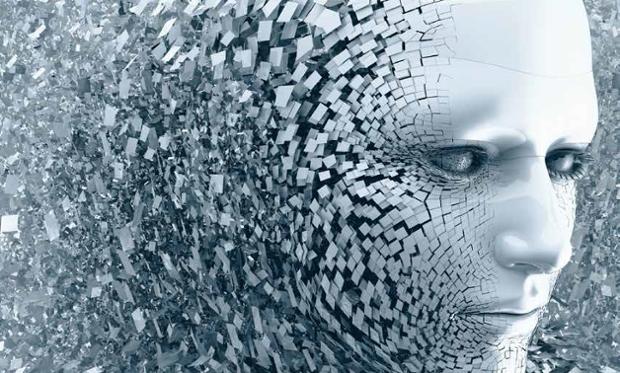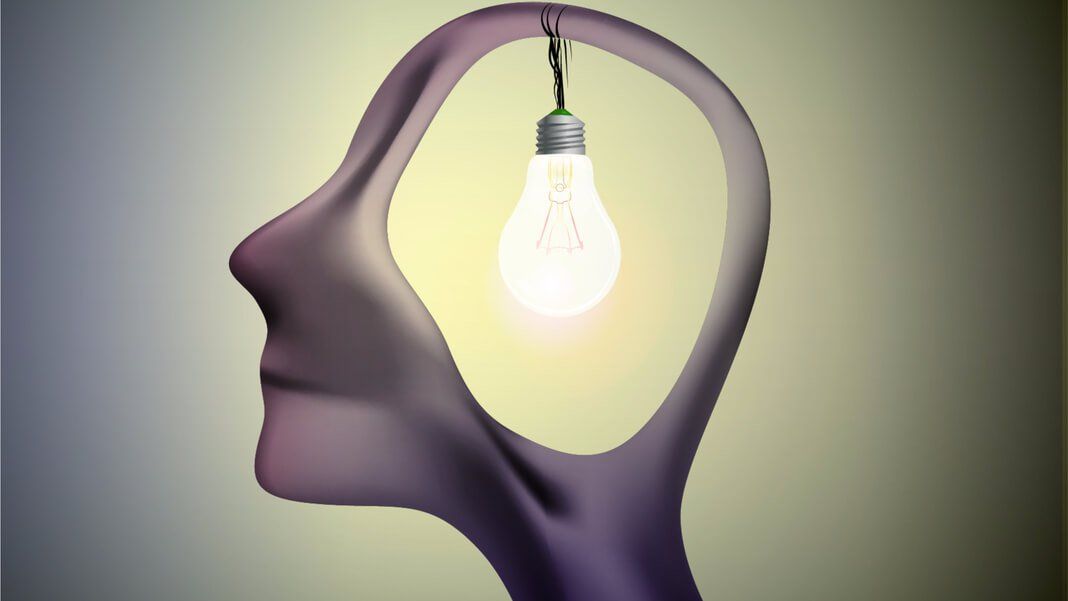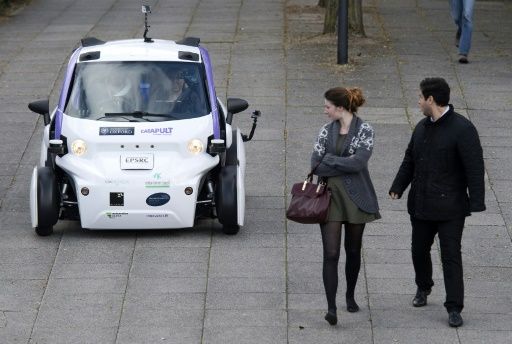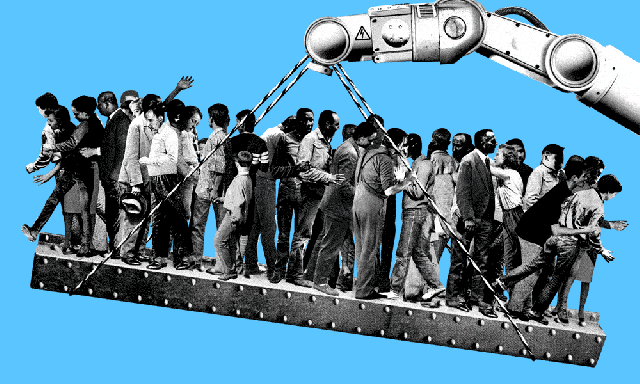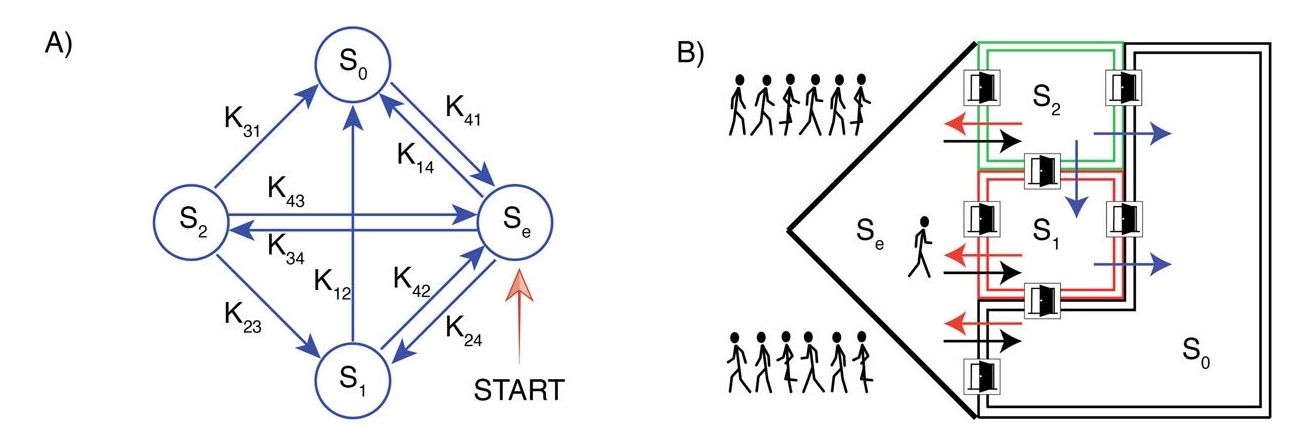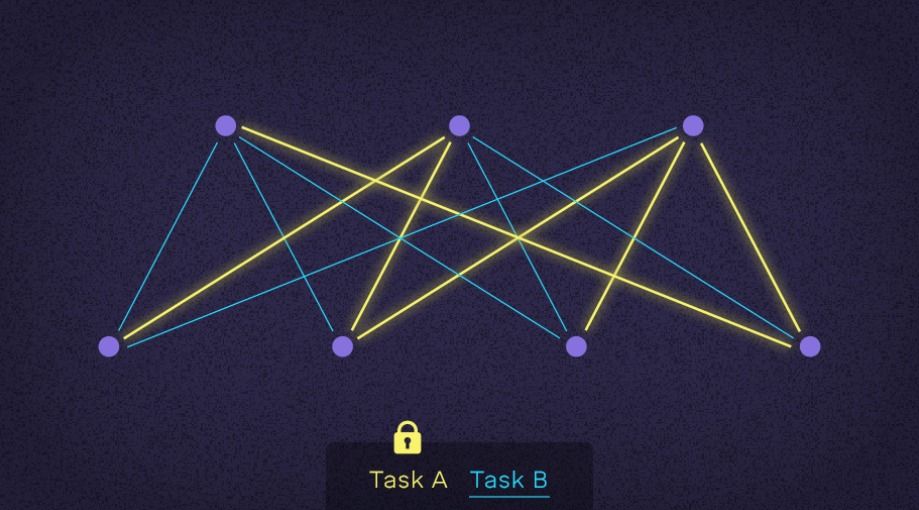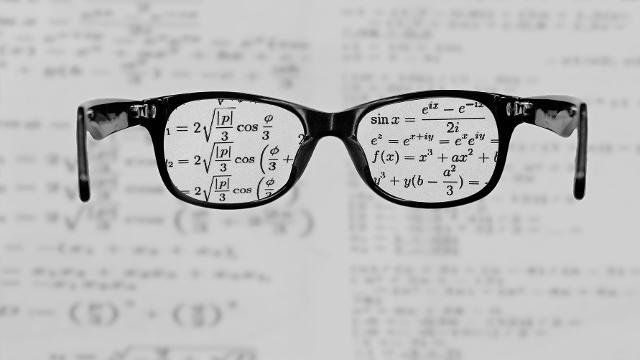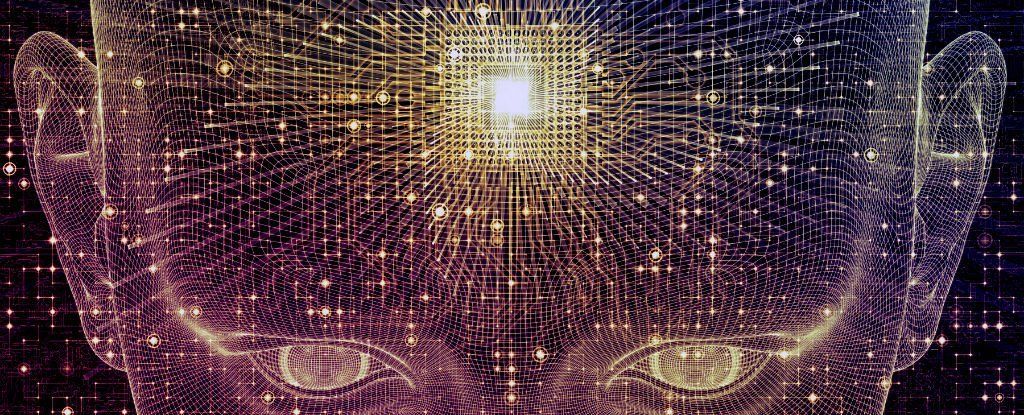Algorithms with learning abilities collect personal data that are then used without users’ consent and even without their knowledge; autonomous weapons are under discussion in the United Nations; robots stimulating emotions are deployed with vulnerable people; research projects are funded to develop humanoid robots; and artificial intelligence-based systems are used to evaluate people. One can consider these examples of AI and autonomous systems (AS) as great achievements or claim that they are endangering human freedom and dignity.
We need to make sure that these technologies are aligned to humans in terms of our moral values and ethical principles to fully benefit from the potential of them. AI and AS have to behave in a way that is beneficial to people beyond reaching functional goals and addressing technical problems. This will allow for an elevated level of trust for technology that is needed for a fruitful pervasive use of AI/AS in our daily lives.
